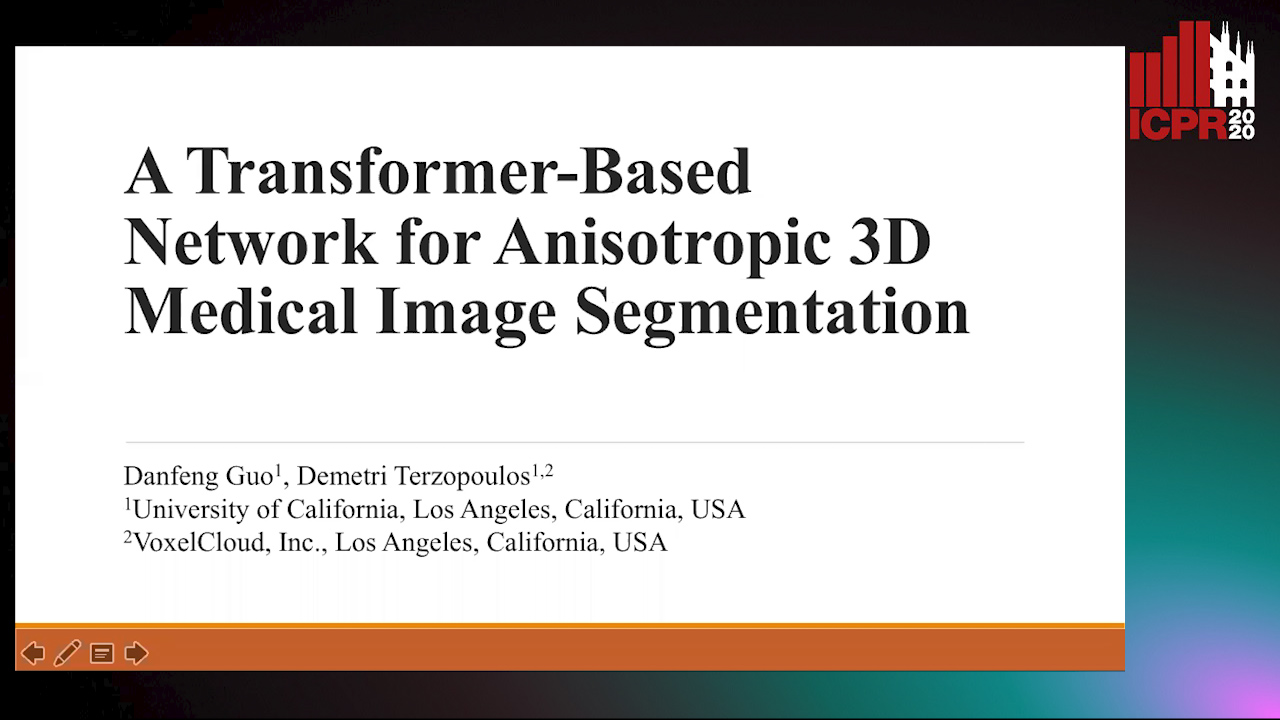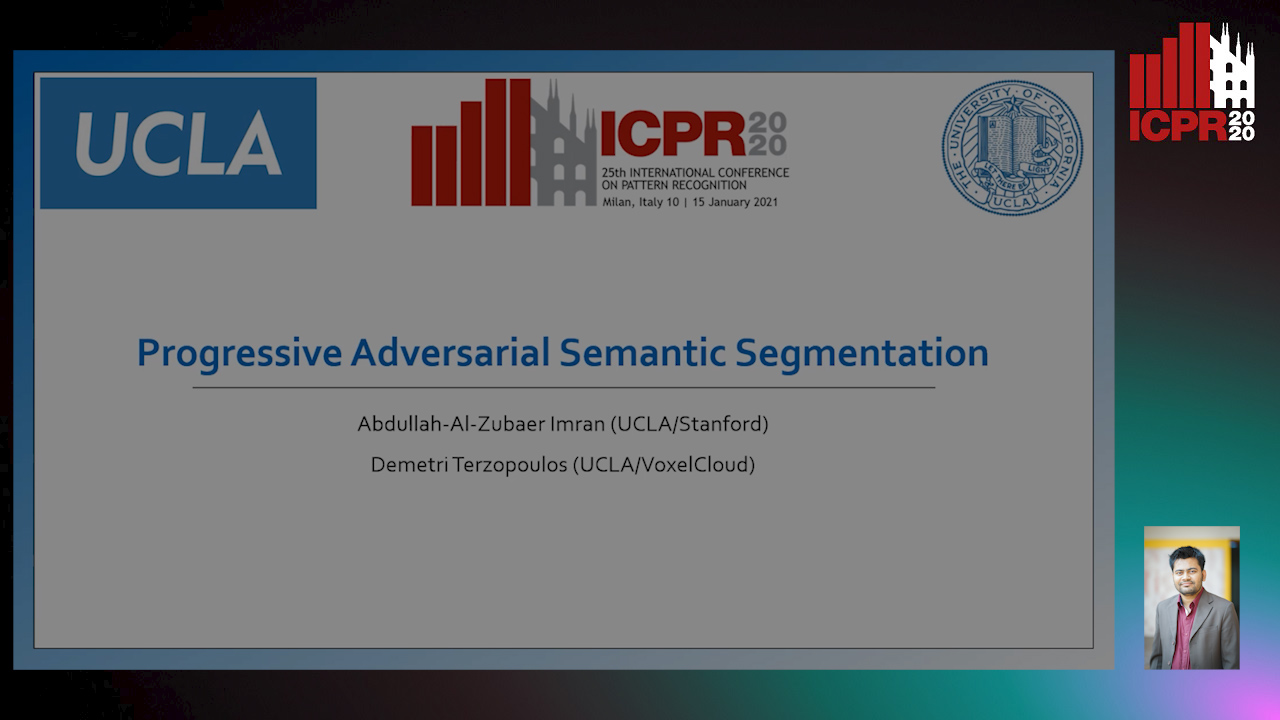Demetri Terzopoulos
Papers from this author
A Transformer-Based Network for Anisotropic 3D Medical Image Segmentation
Guo Danfeng, Demetri Terzopoulos

Auto-TLDR; A transformer-based model to tackle the anisotropy problem in 3D medical image analysis
Abstract Slides Poster Similar
Locally-Connected, Irregular Deep Neural Networks for Biomimetic Active Vision in a Simulated Human
Masaki Nakada, Honglin Chen, Arjun Lakshmipathy, Demetri Terzopoulos

Auto-TLDR; Local-connected, Irregular Deep Neural Networks for biomimetic active vision
Abstract Slides Poster Similar
Progressive Adversarial Semantic Segmentation
Abdullah-Al-Zubaer Imran, Demetri Terzopoulos

Auto-TLDR; Progressive Adversarial Semantic Segmentation for End-to-End Medical Image Segmenting
Abstract Slides Poster Similar